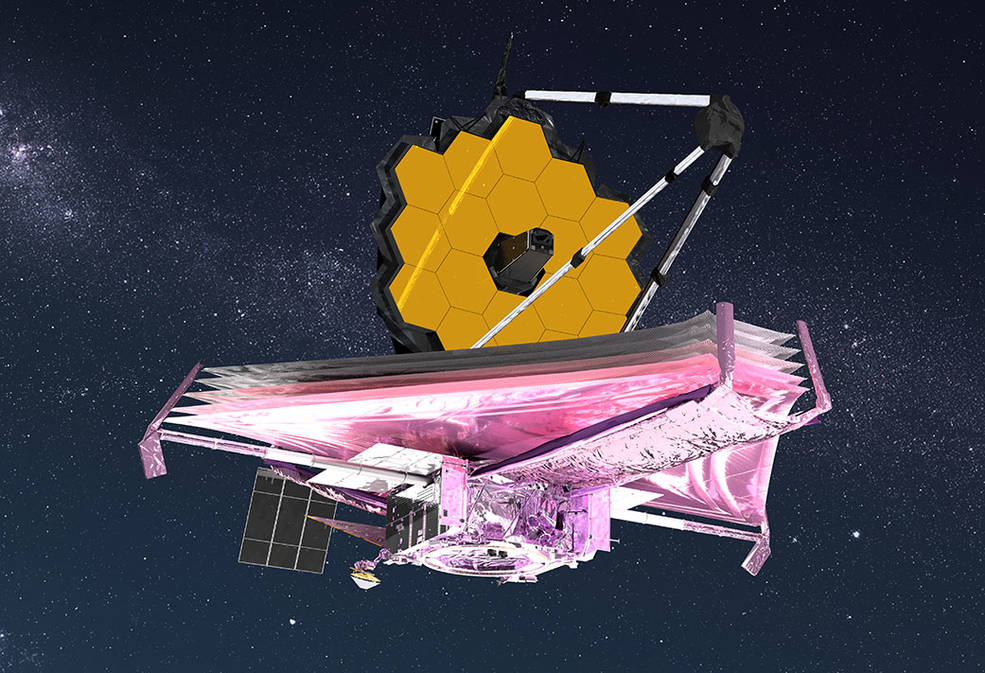Webb telescope's Mid-Infrared Instrument ready for science; will directly detect exoplanets

- Country:
- United States
After the Near-Infrared Imager and Slitless Spectrograph instrument (NIRISS), another primary scientific instrument on NASA's James Webb Space Telescope - the Mid-Infrared Instrument (MIRI) - has concluded its postlaunch preparations and is now ready for science, the agency said on Thursday.
Developed as a partnership between NASA and European Space Agency (ESA), MIRI is designed to observe the redshifted light of distant galaxies, newly forming stars, and faintly visible comets as well as objects in the Kuiper Belt. It has both a camera and a spectrograph to provide wide-field, broadband imaging and new physical details of the distant objects they will observe during the mission.
"We are thrilled that MIRI is now a functioning, state-of-the-art instrument with performances across all its capabilities better than expected. Our multinational commissioning team has done a fantastic job getting MIRI ready in the space of just a few weeks," said Gillian Wright, MIRI European principal investigator at the UK Astronomy Technology Centre, and George Rieke, MIRI science lead at the University of Arizona.
Whoa, halfway there! 🎶Out of our 4 science instruments, Webb’s Mid-Infrared Instrument is 2nd to be declared ready for science! Developed by @NASA and @ESA, MIRI will directly detect exoplanets and study dust disks of their host stars as never before: https://t.co/pz4M0QULoB pic.twitter.com/7OZeaRdOZE
— NASA Webb Telescope (@NASAWebb) June 30, 2022
With MIRI postlaunch commissioning activities concluded, the mission team will now continue to focus on checking off the remaining two modes on its other instruments.
The James Webb Space Telescope is the world's largest and most powerful space telescope. It will solve mysteries in our solar system, look beyond distant worlds around other stars, and probe the mysterious structures and origins of our universe and our place in it.
The telescope's first full-color images and spectroscopic data will be released in mid-July.










